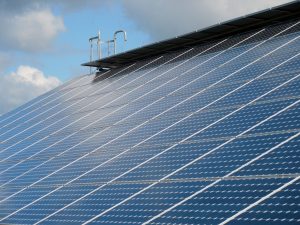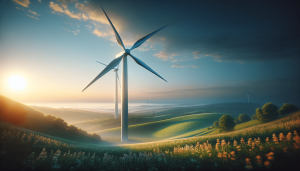Are you curious about which companies are leading the charge in the green energy revolution? Look no further! In “What Are The Top Green Energy Companies?” we explore the innovative enterprises at the forefront of sustainable power. These trailblazing firms are transforming the way we produce and consume energy, ensuring a brighter and cleaner future for all. Join us as we delve into the visionaries and industry leaders that are making waves in the renewable energy sector. What are the top green energy companies? It’s a question many of us are asking as we become more conscious of our environmental impact and seek sustainable alternatives. As we witness the impacts of climate change and the depletion of fossil fuels, the shift toward green energy has become more imperative than ever. In this article, we’ll explore the leading companies in the green energy sector, shedding light on their contributions, innovations, and why they are paving the way toward a sustainable future.
What Defines a Green Energy Company?
Before diving into the top companies, it’s essential to understand what we mean by a green energy company. These are companies focused on producing energy from renewable sources that have a minimal environmental impact. This includes solar, wind, geothermal, and hydroelectric power, among others. Energy efficiency, innovation, and sustainability are at the core of their operations.
Key Characteristics of a Green Energy Company
- Sustainability: They prioritize long-term environmental health and sustainability.
- Innovation: They invest in cutting-edge technology to improve energy efficiency and reduce costs.
- Eco-Friendliness: They minimize their carbon footprint and reduce waste.
- Consumer Education: They educate consumers about the benefits of green energy and promote widespread adoption.
Leading Solar Energy Companies
Solar energy has been a game-changer in the realm of green energy. By harnessing the power of the sun, these companies are contributing to a significant reduction in greenhouse gas emissions.
1. First Solar
First Solar is a leader in the solar industry, known for its advanced thin-film photovoltaic (PV) technology. Founded in 1999, the company has been at the forefront of innovation in solar energy.
- Highlights:
- Uses cadmium telluride (CdTe) in its solar panels, reducing material use and production costs.
- Has installed over 25 gigawatts (GW) of PV modules worldwide.
- Advocates for responsible recycling of solar modules at the end of their lifecycle.
2. SunPower
SunPower specializes in high-efficiency solar panels, providing solutions for residential, commercial, and utility-scale projects. Founded in 1985, SunPower has a rich history of innovation.
- Highlights:
- Maxeon technology offers panels with efficiency rates over 22%.
- Boasts numerous partnerships and collaborations to expand solar energy adoption.
- Offers comprehensive home solar systems, including battery storage solutions.
3. Tesla
While Tesla is widely known for its electric vehicles, the company has made significant strides in the solar energy sector. Tesla’s solar offerings include solar panels and solar roofs designed to integrate seamlessly with residential properties.
- Highlights:
- Solar Roof tiles are designed to replace conventional roofing, generating solar power without sacrificing aesthetics.
- Provides Powerwall battery storage systems to store solar energy for later use.
- Focuses on sustainable energy systems that combine solar power generation and battery storage.

Leaders in Wind Energy
Wind energy is another cornerstone of the green energy revolution. By capturing the kinetic energy of wind, these companies generate electricity that is both clean and renewable.
1. Vestas Wind Systems
Vestas is a global leader in wind energy, with a history dating back to 1945. The company has installed more wind turbines than any other manufacturer in the world.
- Highlights:
- Operates in nearly 80 countries, with over 132 GW of wind turbines installed.
- Focuses on both onshore and offshore wind energy solutions.
- Develops cutting-edge turbine technology to enhance efficiency and reliability.
2. Siemens Gamesa
Siemens Gamesa is another heavyweight in the wind energy industry. Formed through the merger of Siemens Wind Power and Gamesa in 2017, the company has a strong global presence.
- Highlights:
- Offers a broad portfolio of onshore and offshore wind turbines.
- Has over 100 GW of installed wind capacity worldwide.
- Invests heavily in research and development to push the boundaries of wind technology.
3. General Electric (GE) Renewable Energy
GE Renewable Energy is a division of General Electric, dedicated to the development of renewable energy technologies. GE has made significant contributions to the wind energy sector.
- Highlights:
- Develops and manufactures turbines for both onshore and offshore wind farms.
- The Haliade-X offshore wind turbine holds the record for the most powerful wind turbine in operation.
- Committed to reducing the levelized cost of energy (LCOE) through technological advancements.
Hydroelectric Power Providers
Hydroelectric power is one of the oldest and most established forms of green energy. By converting the energy of flowing water into electricity, these companies are contributing to a sustainable energy future.
1. Brookfield Renewable Partners
Brookfield Renewable Partners is one of the largest publicly traded renewable energy companies. It focuses on hydroelectric power but also has significant investments in wind and solar.
- Highlights:
- Owns and operates over 19 GW of renewable power assets globally.
- Hydroelectric capacity accounts for approximately 74% of its portfolio.
- Committed to achieving carbon neutrality across its operations.
2. Statkraft
Statkraft is a Norwegian state-owned company specializing in hydroelectric power. With a history spanning over 125 years, Statkraft is one of Europe’s leading producers of renewable energy.
- Highlights:
- Operates more than 357 power plants worldwide, with a significant focus on hydroelectric power.
- Continually invests in improving the efficiency and sustainability of hydroelectric projects.
- Aims to expand its renewable energy portfolio, including wind and solar.
3. Voith Hydro
Voith Hydro, part of the Voith Group, is a leading provider of hydroelectric equipment and services. With over 150 years of experience, Voith Hydro has been instrumental in the development of hydroelectric technology.
- Highlights:
- Supplies a wide range of hydroelectric solutions, from micro-hydro to pumped storage systems.
- Involved in many major hydroelectric projects globally.
- Emphasizes technological innovation and environmental sustainability.
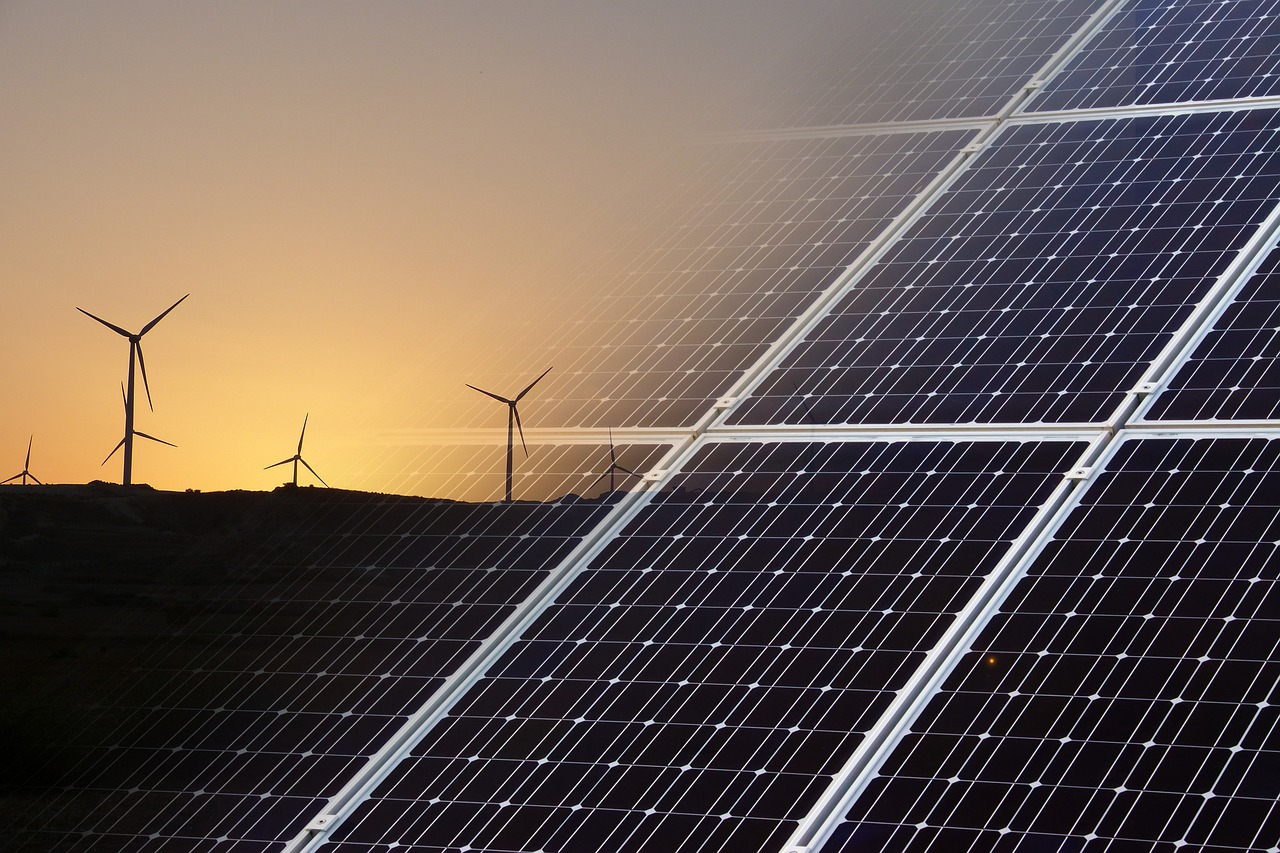
Emerging Green Energy Innovators
Alongside established players, several emerging companies are making significant strides in the green energy sector. These innovators are often at the cutting edge of technology and sustainability.
1. NextEra Energy
NextEra Energy is a utility company based in the United States, known for its commitment to renewable energy. Through its subsidiaries, it has become one of the largest producers of solar and wind energy.
- Highlights:
- NextEra Energy Resources operates a diverse portfolio of renewable energy assets, including wind, solar, and battery storage.
- Consistently recognized for its sustainability practices and environmental stewardship.
- Invests heavily in research and development to expand its renewable energy capabilities.
2. Ørsted
Ørsted, a Danish company, has made a remarkable transition from fossil fuels to renewable energy. Originally known as Danish Oil and Natural Gas, Ørsted is now a leader in the offshore wind industry.
- Highlights:
- Operates some of the largest offshore wind farms in the world.
- Aims to be carbon-neutral by 2025 and achieve net-zero emissions by 2040.
- Actively invests in innovative renewable energy solutions, including green hydrogen.
3. Enphase Energy
Enphase Energy specializes in solar microinverters, battery storage, and energy management technology. Founded in 2006, Enphase has become a key player in the residential solar market.
- Highlights:
- Microinverter technology maximizes the efficiency of solar panels by optimizing each panel individually.
- Provides integrated home energy solutions, including energy storage and management systems.
- Continues to innovate in the renewable energy space, focusing on smart, connected home solutions.
Energy Storage Solutions: A Crucial Component
Energy storage is a vital component of the renewable energy ecosystem. It helps address the intermittency of renewable sources, ensuring a reliable and consistent energy supply.
1. Tesla Energy
Tesla Energy, a subsidiary of Tesla, focuses on energy storage and renewable energy solutions. Tesla’s Powerwall and Powerpack products have set new standards in the energy storage market.
- Highlights:
- Powerwall is designed for residential use, storing solar energy for use when the sun isn’t shining.
- Powerpack and Megapack systems are tailored for commercial and utility-scale applications.
- Committed to developing scalable energy storage solutions to support widespread renewable energy adoption.
2. LG Chem
LG Chem is a leading manufacturer of advanced energy storage solutions. The company provides batteries for a wide range of applications, including residential, commercial, and utility-scale projects.
- Highlights:
- RESU series (Residential Energy Storage Units) are popular in the home solar market.
- Offers large-scale energy storage solutions for grid stabilization and renewable energy integration.
- Continues to innovate in battery technology to enhance performance and sustainability.
3. Fluence
Fluence is a global energy storage technology and services provider, jointly owned by Siemens and AES. Fluence aims to transform the way we use and store energy through cutting-edge solutions.
- Highlights:
- Provides energy storage systems for various applications, including grid services, renewable integration, and electric vehicle charging.
- Supports a growing portfolio of energy storage projects worldwide.
- Focuses on leveraging artificial intelligence and machine learning to optimize energy storage performance.
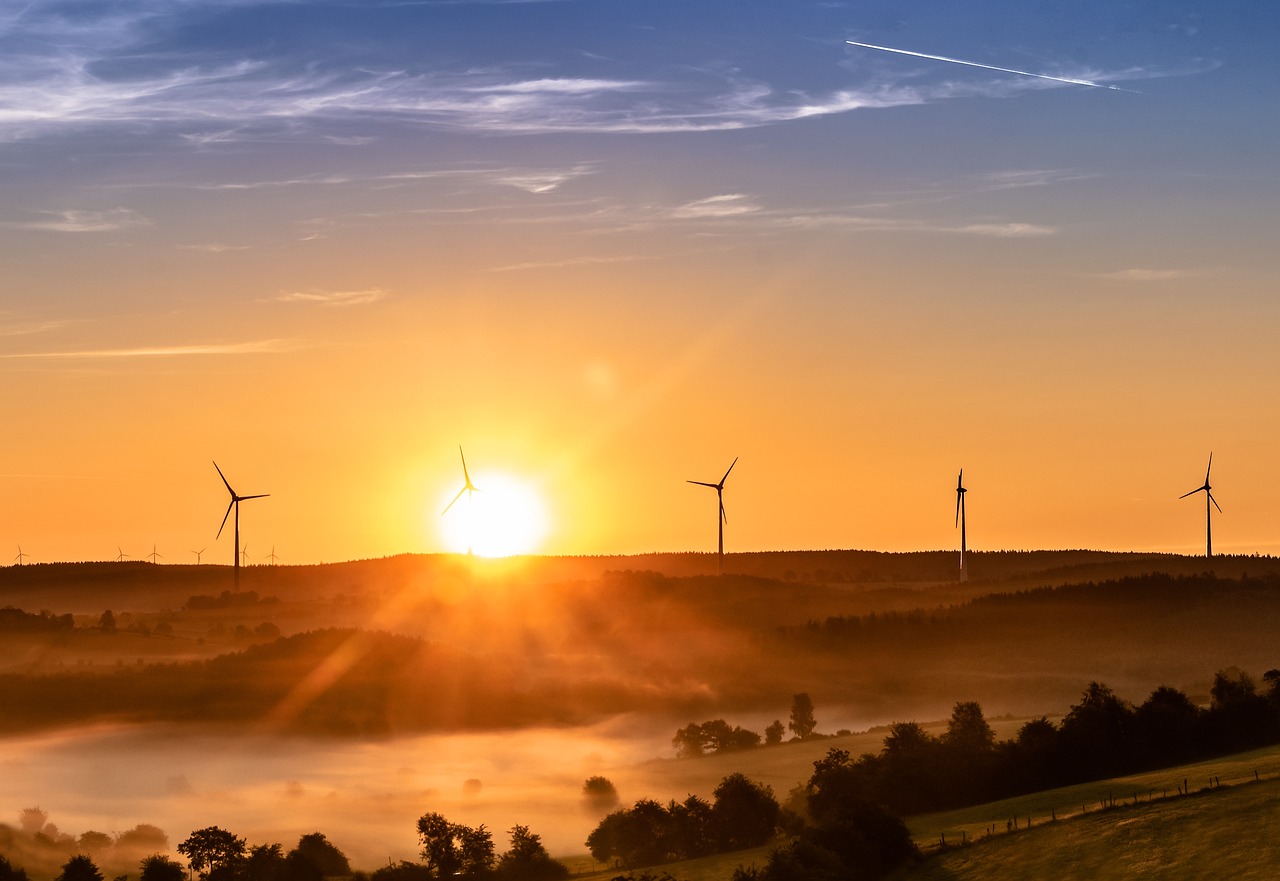
The Role of Policy and Regulation
Policies and regulations play a crucial role in the growth and development of the green energy sector. Governments and regulatory bodies can significantly influence the adoption of renewable energy through incentives, subsidies, and mandates.
Renewable Energy Incentives
Many countries offer incentives to encourage the adoption of renewable energy. These incentives can take various forms, such as tax credits, grants, and rebates.
USA: The federal Investment Tax Credit (ITC) provides a tax credit for solar energy systems installed on residential and commercial properties.
Germany: The Renewable Energy Sources Act (EEG) has established feed-in tariffs, guaranteeing payments for renewable energy producers.
Mandates and Standards
Regulatory mandates and standards can accelerate the transition to renewable energy by setting ambitious targets and requirements.
European Union: The Renewable Energy Directive sets binding targets for renewable energy, aiming for at least 32% of the EU’s energy to come from renewable sources by 2030.
China: The Chinese government has set targets for renewable energy capacity, including ambitious goals for solar and wind power installations.
Future Trends in Green Energy
As we look to the future, several trends are expected to shape the green energy landscape. These trends reflect ongoing technological advancements, evolving consumer preferences, and increasing recognition of the need for sustainability.
Technological Innovations
Continued innovation in technology will drive the efficiency and cost-effectiveness of renewable energy solutions. Advances in solar panel efficiency, wind turbine design, and energy storage will enhance the overall performance of renewable energy systems.
Decentralized Energy Systems
Decentralized energy systems, including microgrids and distributed generation, will become more prevalent. These systems provide greater resilience and flexibility, allowing communities to generate and manage their own energy locally.
Green Hydrogen
Green hydrogen, produced using renewable energy, is emerging as a potential game-changer for various sectors, including transportation and heavy industry. Investments in green hydrogen technology and infrastructure are expected to grow significantly.
Consumer Empowerment
Consumers will play an increasingly active role in the transition to renewable energy. Smart home technologies, electric vehicles, and community solar projects will empower individuals to participate in and benefit from the green energy revolution.
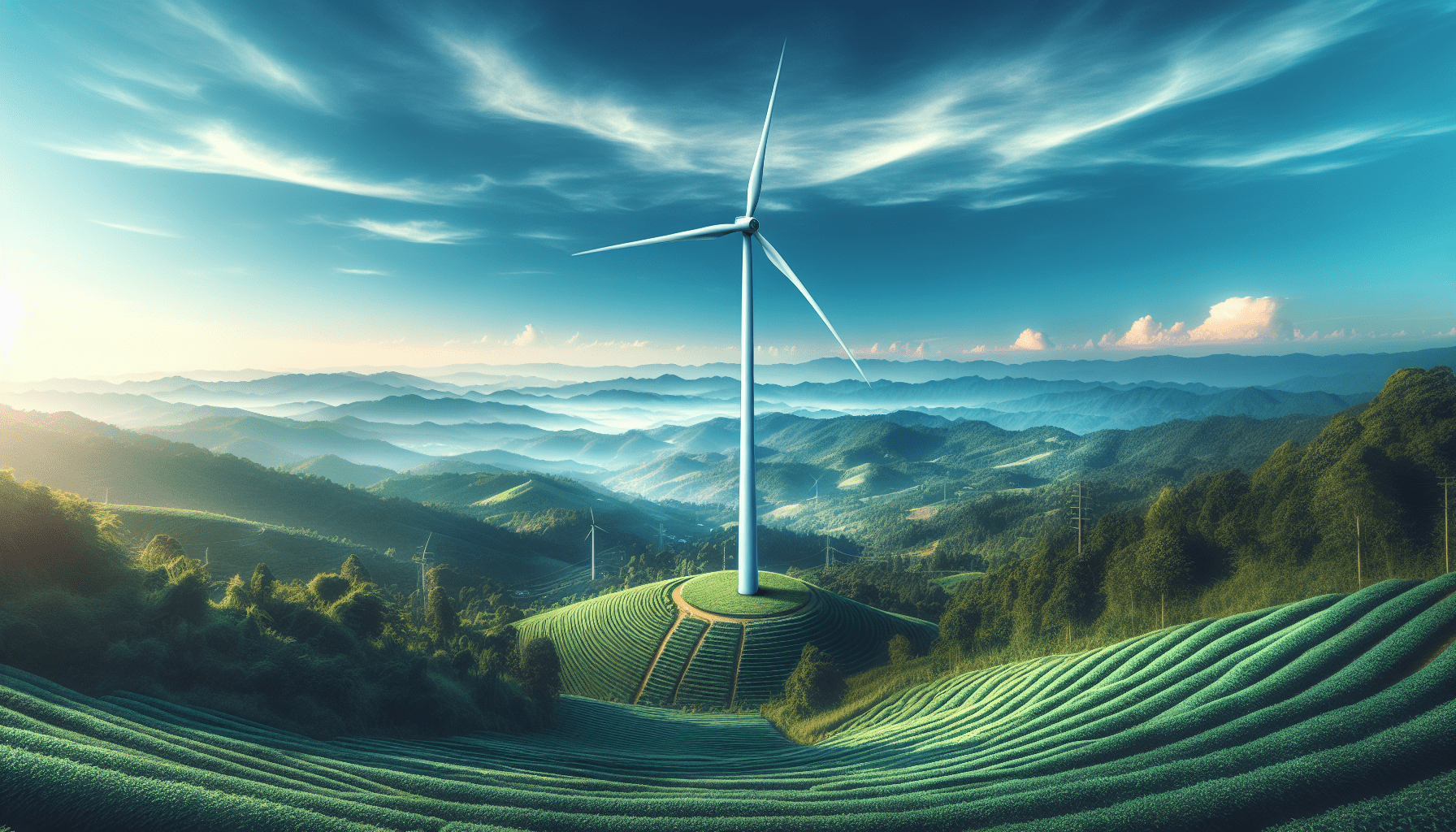
Conclusion: Our Path to a Sustainable Future
The transition to green energy is not just a necessity but an opportunity to create a cleaner, more sustainable future for ourselves and future generations. The companies highlighted in this article are leading the charge, each making significant contributions to the renewable energy landscape.
By supporting these companies and embracing renewable energy solutions, we can collectively reduce our carbon footprint, promote energy independence, and safeguard our planet for the future. The journey toward a sustainable future is a shared responsibility, and together, we can make a lasting impact.
So, what are the top green energy companies? They are the trailblazers, innovators, and visionaries transforming the way we generate and consume energy. Let’s support their efforts and be part of the solution!

